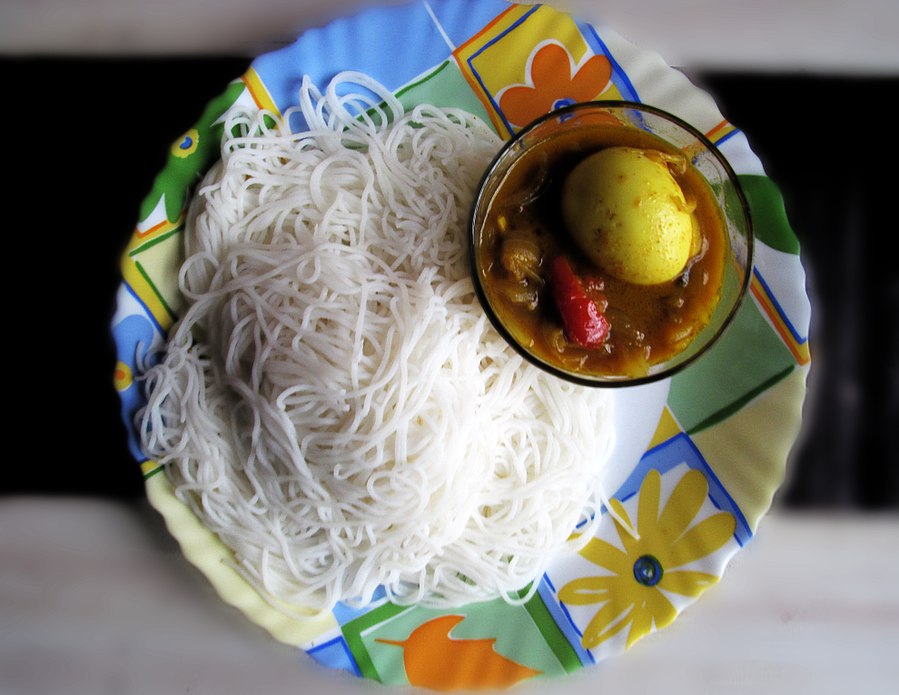Facts About Putu mayam
Idiyappam, also known as nool puttu or string hopper, is a delightful rice noodle dish originating from the southern regions of India, particularly Kerala and Tamil Nadu, as well as from Sri Lanka. This dish involves transforming rice flour into delicate noodles, which are then shaped into flat, disc-like forms and steamed to perfection. Idiyappam has also found its way to Southeast Asia, where it is known as putu mayam in Malaysia and putu mayang in Indonesia.
The origins of Idiyappam and its close relative, Appam, can be traced back to ancient Tamil regions around the 1st century AD, indicating a long and storied history in South India and Sri Lanka. Today, Idiyappam remains a cherished culinary specialty in Sri Lanka and the Indian states of Tamil Nadu, Kerala, and Karnataka. It is typically enjoyed with a variety of curries and coconut chutney, making it a versatile dish suitable for any meal.
The preparation of Idiyappam involves simple ingredients: rice flour (or sometimes ragi flour), salt, and water. It is most commonly served for breakfast or dinner, paired with savory curries and coconut chutney. In some regions, it is enjoyed with coconut milk and a sprinkle of sugar for a sweet variation. The process is straightforward: knead the dough, press it through an idiyappam press to form the noodles, and then steam them until they are tender.
In Malaysia and Singapore, putu mayam is a popular street food, often served cold. The Malaysian version is similar but includes coconut milk and pandan leaf juice in the mix, and is typically enjoyed with coconut and jaggery. Meanwhile, in Indonesia, putu mayang is served with a luscious palm sugar and coconut milk sauce.
Idiyappam's popularity extends across Tamil Nadu, Kerala, and Sri Lanka, where it is frequently paired with savory accompaniments. For those who wish to enjoy this dish at home without much hassle, commercial idiyappam flour is readily available, making it easier than ever to prepare this traditional treat.

 India
India